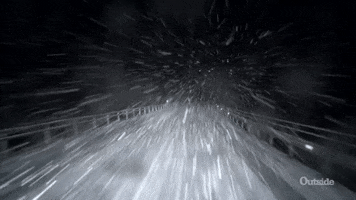Placement can be low buck….. or at least for close enough placement. When I break in all the mechanicals, I’m going to determine where to put the vents by running a mocked up hood with yarn strands taped all over it. Where the yarn pulls up and blows around is where the pressure is low, where it lays flat is where pressure is higher.
For those that may not understand the method to the madness, the vents go where pressure on the top side of the hood is lower to 1)”suck” the heat out of the engine bay and 2) lower underhood pressure, thus reducing up force at speed. I have an interesting book (I’m an engineer, so my definition of interesting may be different than most) regarding automotive aerodynamics and how to improve them.




